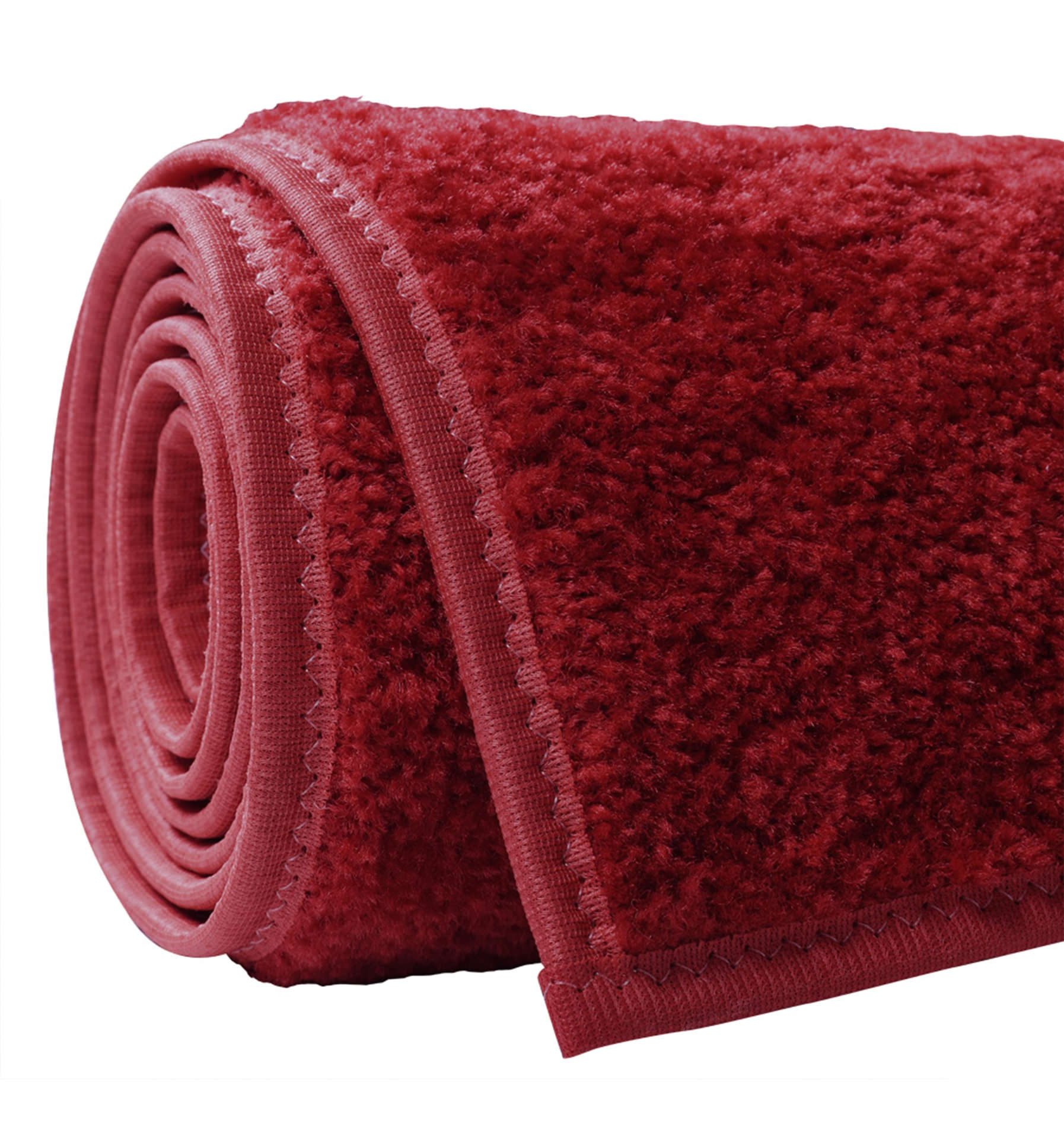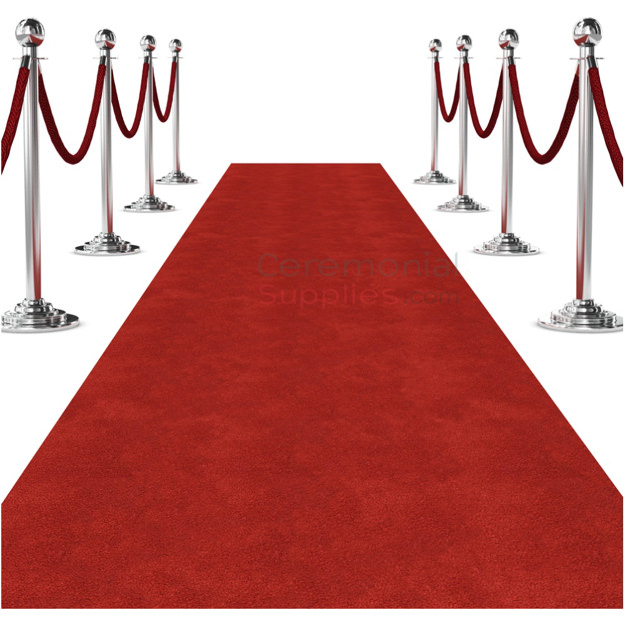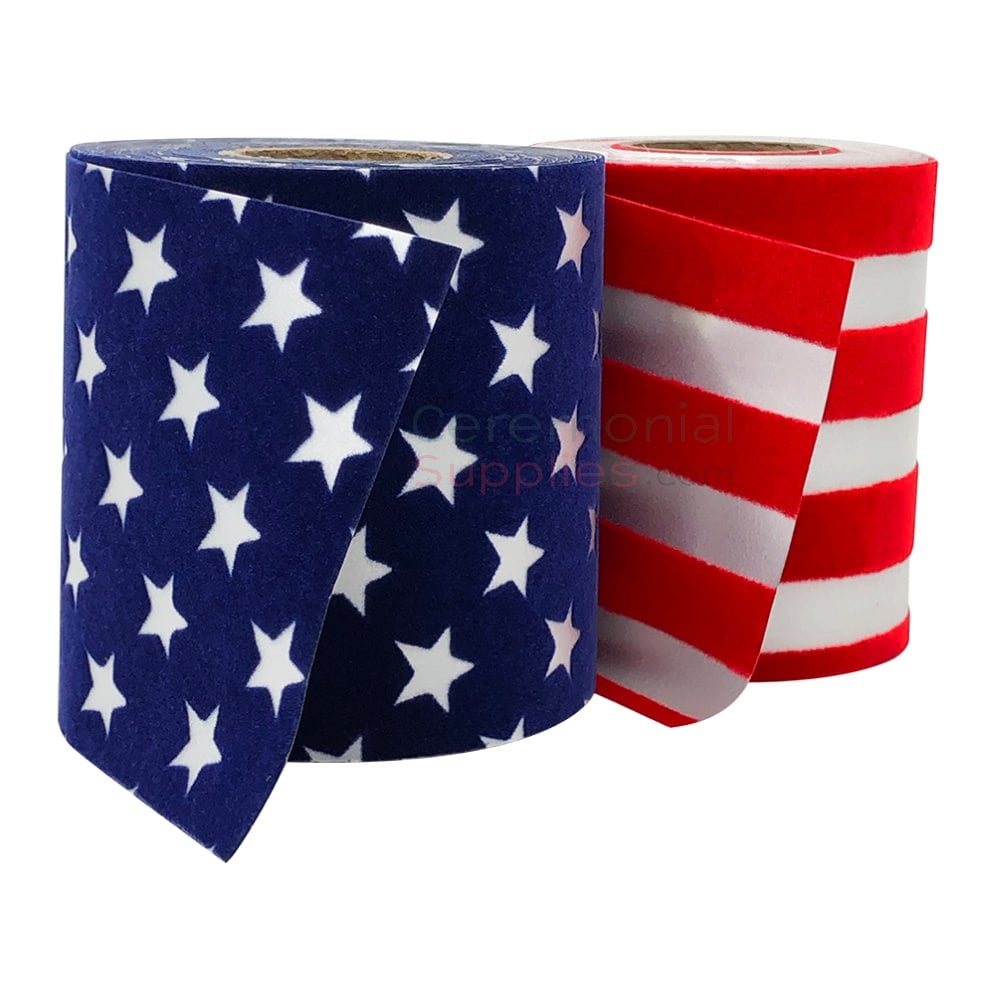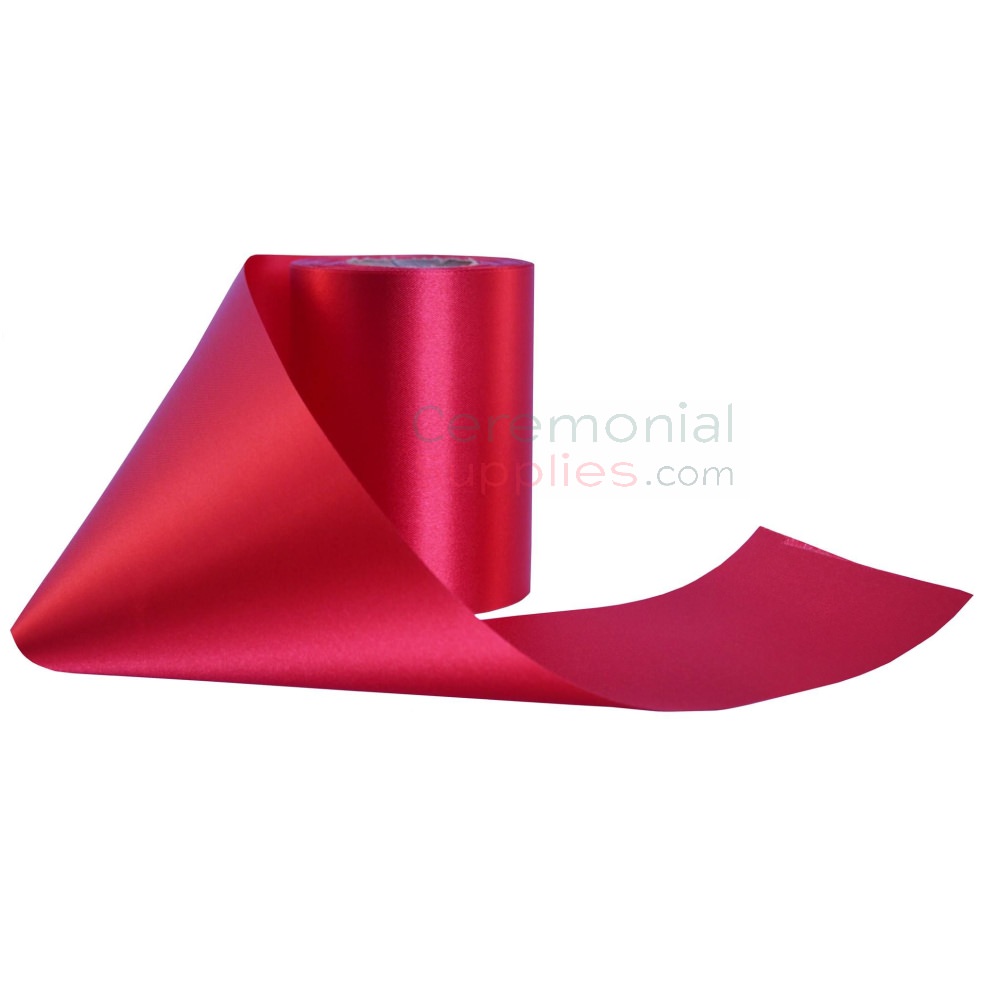George Washington's inauguration as the first President of the United States took place on April 30, 1789, in New York City, which was the nation's capital at the time. The ceremonywas held at Federal Hall, located on Wall Street, New York City. Today there is a statue of George Washington on the steps of Federal Hall, commemorating the historic site. George Washington’s inauguration as the first President of the United States marked the beginning of a new era in American governance and was attended by many notable figures who shaped the early republic. As we near the 248th anniversary of the United States, CeremonialSupplies.com, the premiere online supplier of all your essentials for a military function, a grand opening or ribbon-cutting ceremony, groundbreaking ceremony, graduations, and all celebratory events is pleased to feature a brief recount of the inauguration of the first President, George Washington.

Freemasonry was an influential force in the early Republic, and George Washington declared his presidential oath on a Bible provided by St. John's Lodge No. 1, Ancient York Masons. This Masonic lodge was the oldest in New York City, and the Bible has since become a significant artifact in American history. It was printed in London in 1767. It was originally a Masonic lodge Bible, used during the lodge's ceremonies and meetings and features a frontispiece depicting King Solomon's Temple and has various Masonic symbols throughout. The oath of office was administered by Robert R. Livingston, the Chancellor of New York, who was one of the highest-ranking judicial officials in the state, and key figures attending were:
John Adams: Serving as the first Vice President of the United States, he played a significant role in the inauguration ceremony.
Members of Congress: Many prominent figures from the first Congress attended, including James Madison and Alexander Hamilton.
Foreign Dignitaries: Representatives from France, Spain, Netherland, Portugal, England were present, signifying the international recognition of the new nation.
Don Diego de Gardoqui, was the Spanish Minister to the United States and, he was a Freemason. Don Diego de Gardoqui played a significant diplomatic role and represented Spain at the inauguration. He was instrumental in fostering early diplomatic relations between Spain and the newly established United States.

The French Minister to the United States, the Comte de Moustier (Elénor François Élie, Comte de Moustier), represented France. He was a key figure in Franco-American relations during this period, continuing the strong alliance that had been crucial during the American Revolution. Comte de Moustier, the French Minister to the United States, was also a Freemason.
Pieter Johan van Berckel was the Dutch Minister (or Ambassador) to the United States. Van Berckel was instrumental in maintaining the strong diplomatic and commercial ties between the Netherlands and the United States, which had been allies during the American Revolution. Pieter Johan van Berckel, the Dutch Minister to the United States, was a member of Freemasonry as well.
Portugal had shown interest in establishing relations with the new American republic and sent a delegation of representatives whose specific names are not well documented. However, José Corrêa da Serra was a later representative, and although not directly involved in Washington's inauguration, he was also associated with Freemasonry.

George Hammond became the first British envoy to the United States although at the time of Washington's inauguration, Hammond, as the British representative would likely have been an observer rather than an official envoy due to the post-Revolution tensions. Specific names of British representatives present at the inauguration are not well-documented, reflecting the cautious approach Great Britain took towards the newly formed United States. George Hammond, who became the first British envoy to the United States in 1791, had connections with the Freemasons. The Freemasons, were known for their influential, albeit subversive, networks and secretive nature, had many prominent members during the 18th and 19th centuries.
The presence of these dignitaries from Spain, France, Netherlands, Portugal, and Great Britain underscored the international significance of Washington's inauguration and the interest of European powers in the future of the United States.
Usage of Decorative Elements
The inauguration was a grand event that likely featured various ceremonial and decorative elements to enhance its significance. Here’s how red carpets, ceremonial carpets, military ceremony, patriotic buntings, and red ceremonial ribbons might have been used:
Red Carpets: Red carpets would have been laid out to create a path leading up to Federal Hall, symbolizing the importance of the event and guiding the dignitaries and officials to the ceremony. These red carpets would have added a regal touch to the inauguration.
Ceremonial Carpets: Inside Federal Hall, ceremonial carpets would have been placed to demarcate the area where Washington would take his oath. These ceremonial carpets would have signified the solemnity and gravity of the occasion, providing a distinguished setting for the historic event.
Military Ceremony: The presence of military personnel and their participation in the inauguration would have underscored the event's significance. The military band's performance and the soldiers' formations were integral to the military ceremony aspect, adding to the grandeur of Washington's swearing-in.
Patriotic Buntings: Patriotic buntings would have decorated Federal Hall, displaying the new nation’s colors of red, white, and blue. These patriotic buntings would have created a festive atmosphere while emphasizing national unity and pride.
Red Ceremonial Ribbons: Red ceremonial ribbons could have been used to mark important areas within Federal Hall and along the procession route. These red ceremonial ribbons would have highlighted key locations and added a touch of formality to the event.

Modern-Day Ceremonial Supplies
If CeremonialSupplies.com had been available at the time, it would have been an ideal supplier for the inauguration. As the premier online shop for essential ceremonial products, CeremonialSupplies.com offers a wide range of items such as grand opening ribbons, ribbon-cutting ceremonial scissors, custom-printed giant scissors for grand openings, custom-branded groundbreaking shovels, event carpets, rugs, and aisle runners, festoons, balloons, banners, and stanchions and rope. CeremonialSupplies.com could have provided high-quality red carpets, ceremonial carpets, patriotic buntings, and red ceremonial ribbons for Washington's inauguration. These products would have ensured a memorable and dignified event, reflecting the grandeur and importance of the occasion. Their expertise in ceremonial supplies would have been invaluable in creating a fitting tribute to the nation's first presidential inauguration. Have a military event to escalate to new heights? Click here for a quote from CeremonialSupplies.com
